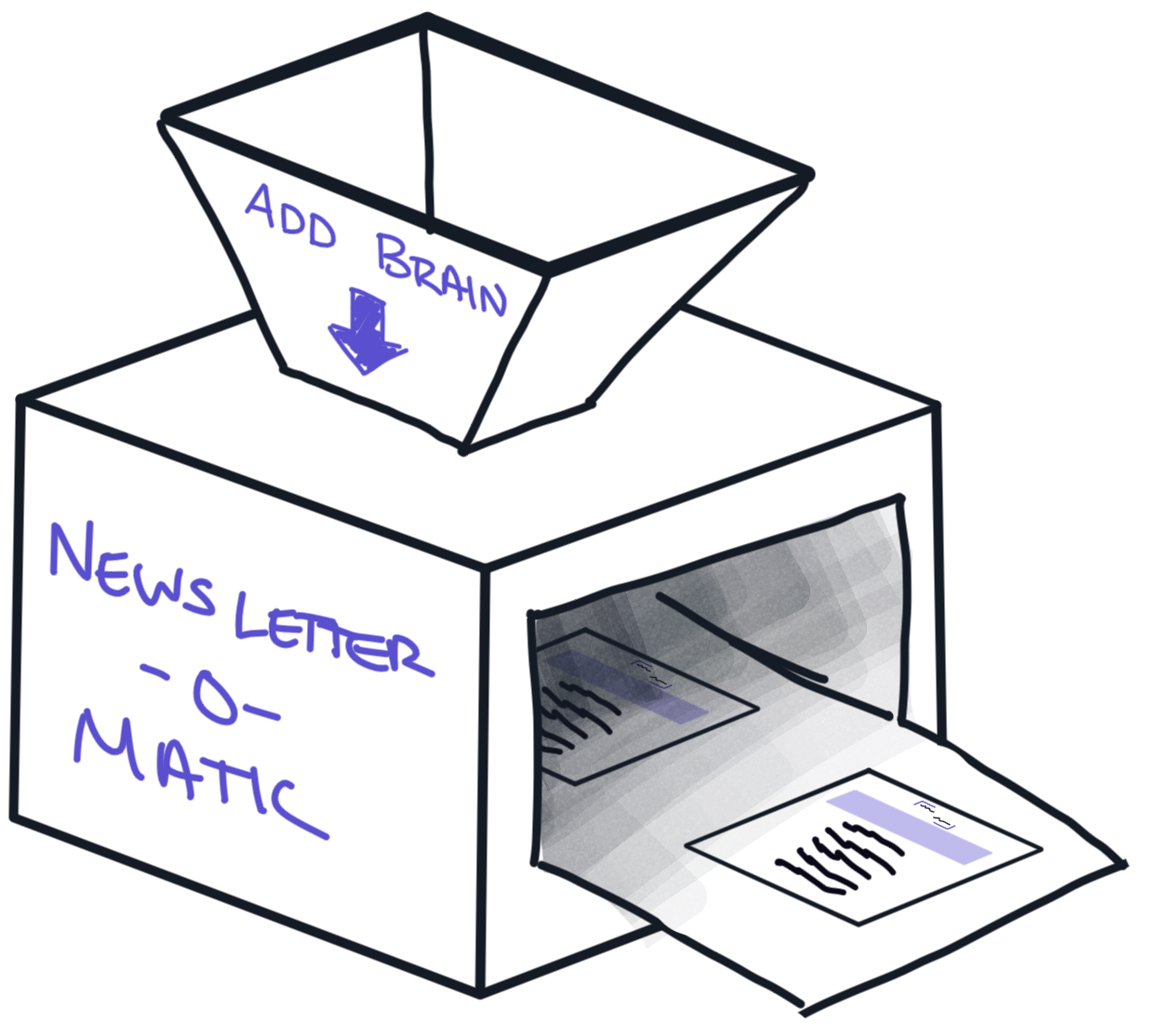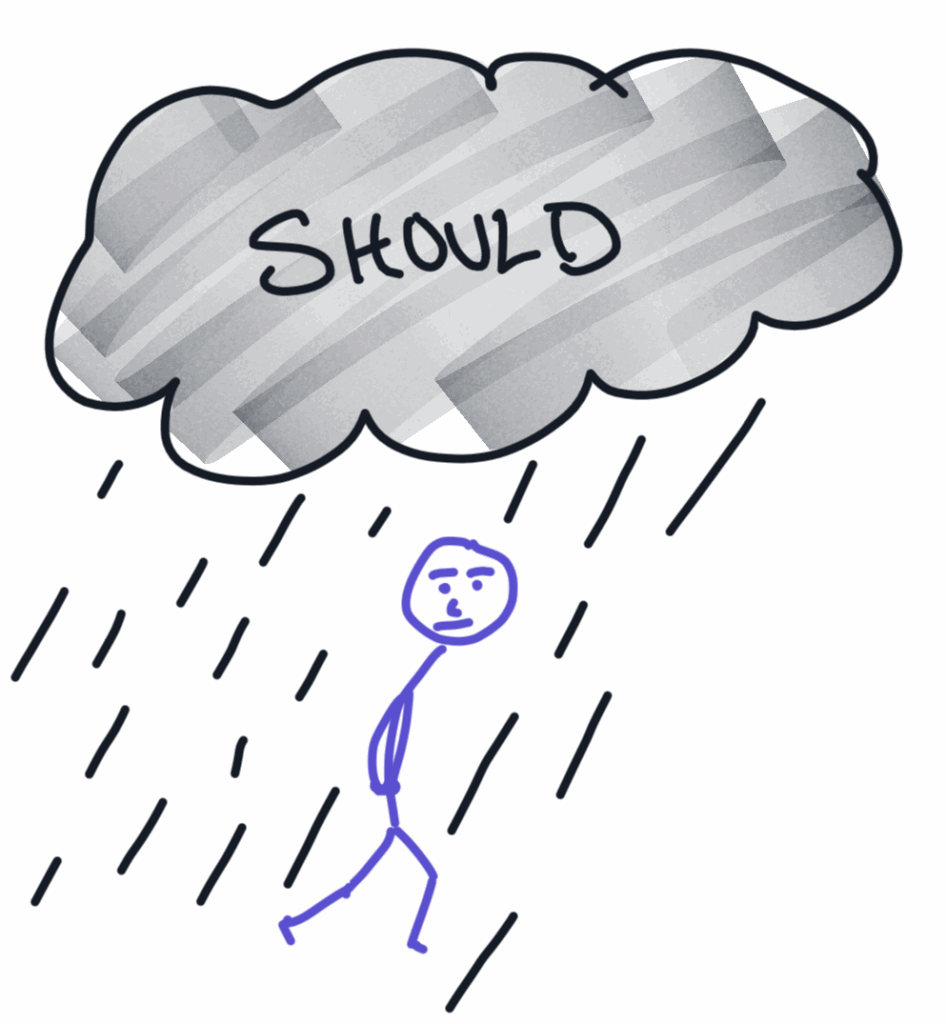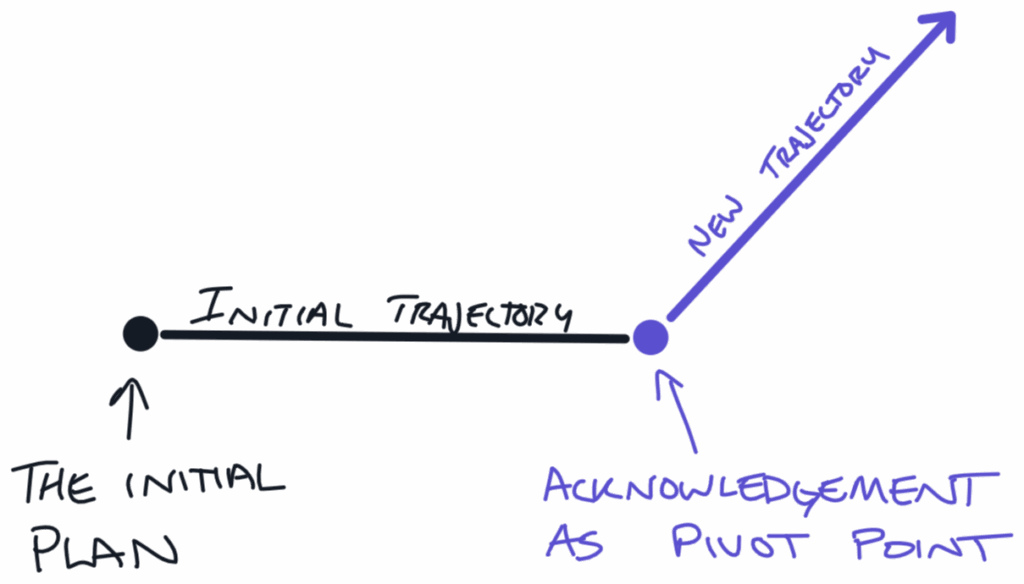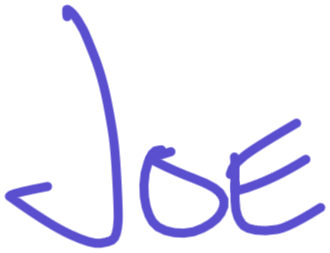Condition 004
Sometimes unsticking innovation isn’t about finding new ideas—it’s about removing self-imposed barriers that keep you from what you wanted all along.
Starting early February, I worked with Jasmine Ibrahim, a narrative strategist, to create a plan and system for this newsletter that would be sustainable. So it’s understatement to say she was surprised last week when I said to her, “I have enjoyed zero of the hours I have put into making this newsletter, so far.”
Despite having the right systems—a content calendar, processes for generating relevant ideas, patterns and templates—it was feeling like a slog and I wasn’t sure why. It should be working, but something about it wasn’t feeling quite right.

So I returned to Jasmine for help and something interesting happened as we talked. She asked me some excellent questions and as I would work through an answer some words sounded different spoken aloud than when just thought. Furthermore, the interesting ones made it to my whiteboard, where they transformed again as I stared at them throughout the conversation.


Then I became aware of what had only been a feeling before: I’d been trying to fit into a newsletter format I thought I was “supposed” to create rather than one I wanted to write. My systems had become constraints rather than scaffolding and my should-reinforced shame were shackles.
I attribute three simple practices to this realization:
1. Conversation that creates space for discovery.
Speaking thoughts aloud to a trusted advisor lets me hear those thoughts differently. When Jasmine reflected back what she heard, it revealed the disconnect between what I was producing and what I wanted to create.
2. Making thoughts visible.
Writing on my whiteboard transformed abstract feelings into concrete artifacts I could examine. Externalization helps us see patterns we miss when ideas remain invisible.
3. Permission to pivot.
Acknowledging my approach wasn’t working gave me permission to change course. I need to state that the thing that should have worked, wasn’t working before I felt ok doing something else.

Where might you be stuck following someone else’s template rather than trusting your voice?
What conversation might help you hear your thoughts differently?
Moving forward, I’m reimagining this newsletter as an honest sharing with you, of both the ways I am guiding others and rediscovering for myself the Conditions for Confidence.
Thanks for reading,


Confident Moves
Try this in less than 10 minutes:
Think about something that is evading you or where you are feeling stuck.
- Answer the question: “What do I actually want to say, create, or express right now?”
Record yourself speaking on your phone. No one other than you will hear, so try to speak un-self-consciously. - Listen back and notice what grabs your attention.
What phrases make you lean in? What ideas sound different when spoken aloud versus when they were just thoughts? - Write down the words or phrases that stood out from your recording.
Place them somewhere visible – a sticky note, whiteboard, or even just arranged on a blank page. - Stare and reflect
Which word are you most drawn to? Are you inspired to add to those words? To annotate as a way to go deeper or to add another word alongside?
